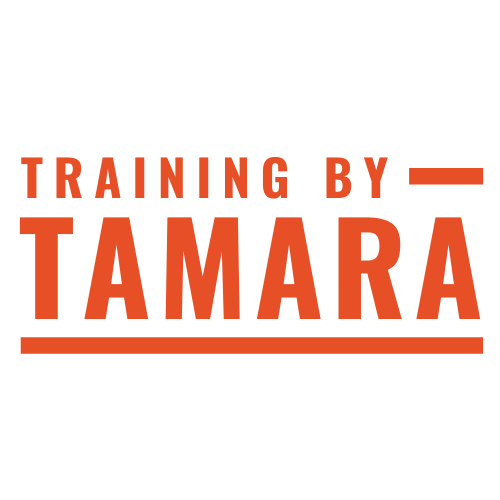STRETCH IT OUT
… Before and after working out. Every time.
There are two main types of stretching: dynamic and static. Both are equally important components to an exercise program and overall health. It is important to know when to perform the two stretches and understand why. The American Council on Exercise states that, “without it, your joints can stiffen and your risk of injury increases.”
A dynamic stretch is a series of motions that are executed repeatedly so that the stretch is felt further with each motion. These stretches tend to become more dynamic as you move through each stretch. The purpose of these stretches are to mimic movements your muscles and joints do in an exercise or activity. They allow for an increase in blood flow to warm-up your muscles and get your nervous system ready for your workout by firing up those muscles. Examples include walking toy soldiers to loosen up the hamstrings, or lateral walking squats. Dynamic stretches should be done after a 3-5 minute warm-up and prior to a workout.
A static stretch is a deep, slow stretch, which entails a singular motion held in place for ten seconds or more. Static stretching is done after a workout or activity. You do not want to perform a static stretch on cold muscles. The American College of Sports Medicine recommends holding the stretch 15 to 30 seconds and performing it 3-5 times. Stretching should not be painful, and should not be done in a jerky or bouncing motion. Stretching everyday including after a workout or physical activity is recommended. An example of a static stretch is a quad stretch where you stand and hold one foot so your knee is bent to feel a stretch in the quad muscle.
Yoga, pilates, and barre method integrate stretching into their classes, but you can add your own stretch onto whatever workout you choose. Check out this easy stretching routine from Tone It Up to add into your daily mix for injury prevention and long, lean muscles.

